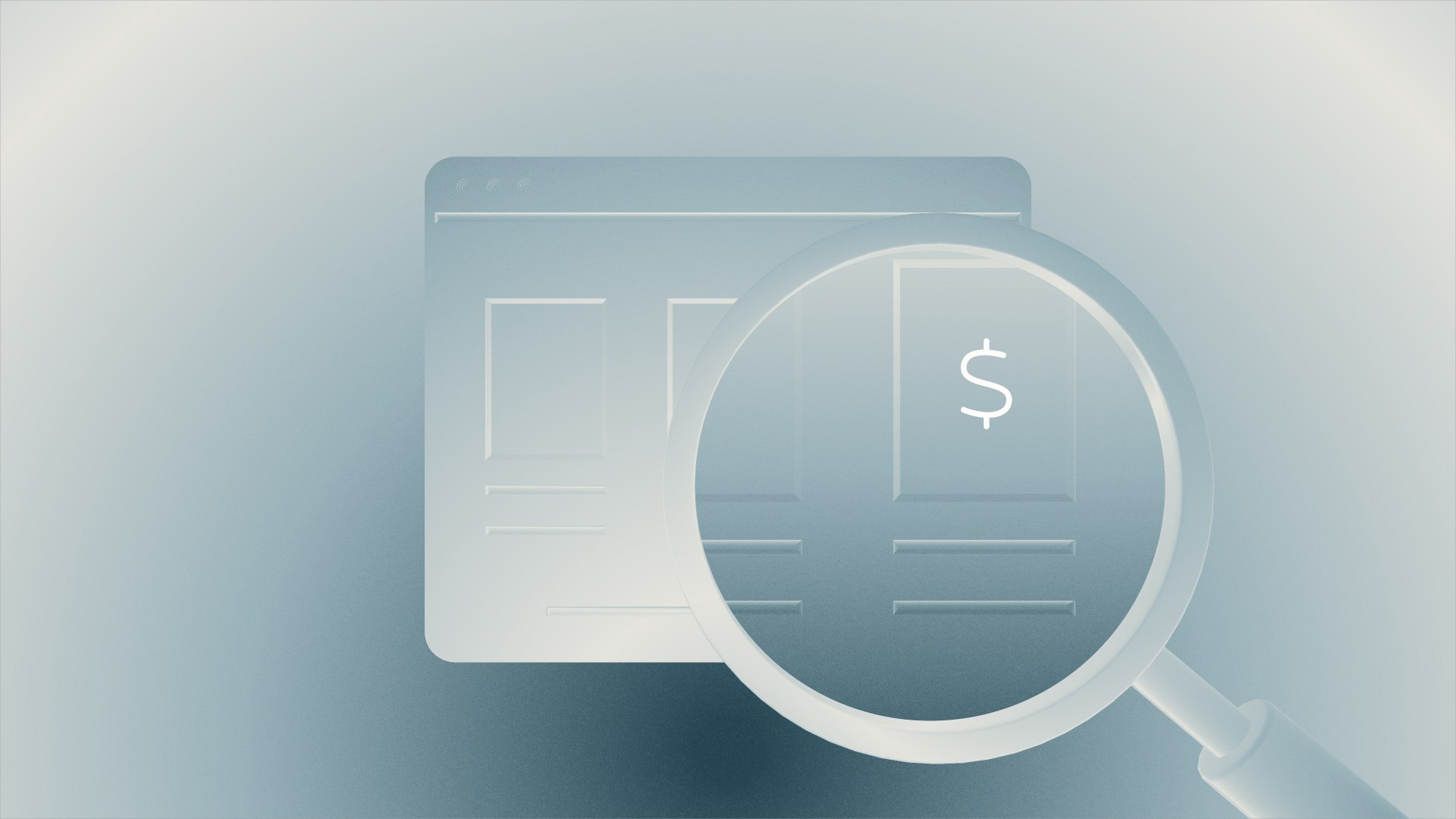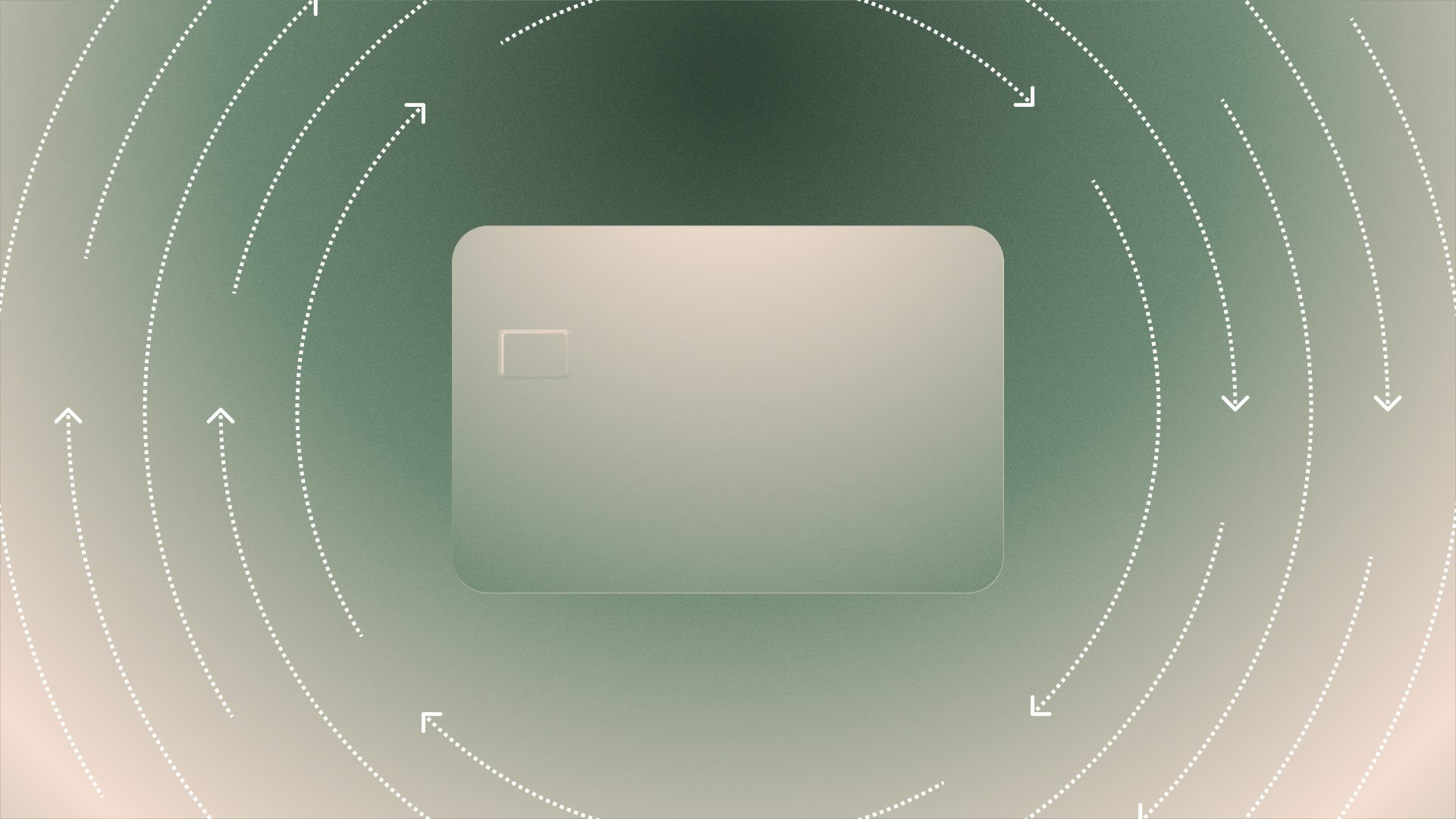Best practices to optimize your procurement cycle

The last time you re-stocked on office supplies, subscribed to a project management tool, or sourced raw materials for your product, you probably didn’t think too much about it — you find a vendor or supplier, maybe shop around for price, sign and move on.
But each of these purchasing decisions — both for internal use and raw materials for your business — all impact your company’s ability to operate. Without a thoughtful approach to managing your buying process, you can face uncontrolled spending, vendor issues, compliance risks, and more. We call this the procurement cycle.
In this article, we’ll explain each step of the procurement cycle, common mistakes to avoid when managing your own, and best practices to optimize your procurement cycle.
What is the procurement cycle?
The procurement cycle, sometimes referred to as the procurement life cycle, is the systematic process businesses use to identify, source, purchase, and manage the goods or services needed to run their business. When done right, an effective procurement cycle enables companies to control their costs, maintain healthy vendor relationships, and gain operational efficiency, among other benefits.
Creating a procurement process from scratch can be daunting, especially if you’re doing so with a small team or without a dedicated procurement manager. Here’s what you should know about establishing your own procurement process.
Stages of the procurement cycle
1. Identifying your purchasing needs
Before you start your procurement cycle, you must first understand which products or services your business requires. While internal needs can be pretty straightforward (e.g., computer hardware, security software, or calendar management tooling), input goods used to service your customers can require demand forecasting and analysis to anticipate future needs. Miscalculating demand can result in overspending, inventory shortages, or an inefficient use of capital.
For example, an ecommerce business may use sales data from past holiday seasons to forecast upcoming seasonal demand, ensuring the right inventory levels without unnecessarily overspending.
Once you have a good idea of your internal and external purchasing needs, you’ll need to identify and compare possible vendors for your purchases.
2. Making the right vendor selection
While it may seem like shopping around for the lowest priced vendors makes intuitive sense, there are various factors you should consider when choosing the right vendor for your procurement process. Finding a vendor that you can treat as a true partner in your growth journey is important because your relationship will ultimately hinge on their reliability, quality standards, responsiveness, and the ability to scale alongside your company.
To increase your chances of choosing the right vendor, you can develop vendor evaluation scorecards, conduct reference checks and financial reviews, and consider their culture fit for your preferred work style.
3. Negotiating your vendor contract
Before you make your first purchase with your chosen vendor, you need to set clear expectations for both parties involved. These rules will be formally documented and govern your relationship moving forward, so taking them seriously and paying attention to the details is important.
During your negotiations with the vendor, you should expect to cover:
- Pricing structure
- Base price of goods or services, potential volume discounts, and any price breakpoints
- Whether prices are fixed or variable
- Payment terms
- Delivery schedules
- Penalties or contingencies for late deliveries to ensure accountability
- Quality standards and service levels
- Scope and deliverables
- Intellectual property (IP) and confidentiality
- Liability and warranty
The better you and your vendor can align on these details before making a purchase, the greater your chances of building a long-term relationship that works for both parties.
4. Creating and sending your first purchase order
When it’s time to make your first purchase, you’ve already laid out the key aspects of your vendor contract. Now, your instructions will be for specific purchase orders — including information such as:
- Product descriptions
- Pricing
- Quantities
- Delivery timelines
- Payment terms
A centralized purchasing software or ERP system can help you document your orders and standardize how you deliver them to your vendors. This will implement clear purchase order formats and facilitate your communication with suppliers to confirm details and timelines (try our free purchase order generator — no sign-up required.)
After you’ve submitted your purchase order, you’ll want to have processes in place for receiving and inspecting your supplies, processing invoices, and keeping records of your transactions.
5. Taking receipt and inspecting your order
In short, you want to verify that delivered goods or services match the agreed-upon quality and contract terms. This step is all about ensuring accountability, quality control, and getting what you paid for.
Importantly, if there are any discrepancies, they must be documented immediately — either with screenshots, pictures, or the physical goods—to support the resolution process outlined in your initial contract.
6. Processing your invoices on time
Depending on the payment terms and conditions spelled out in your vendor contract, you may receive your invoice before or after the delivery of your purchase order. Since each vendor will typically have different payment terms, losing track of your accounts payable can be easy.
This step can be streamlined with better tooling that you can use to pay your bills, route invoices for approvals, avoid duplicate payments, and check for inaccuracies, among other necessary financial workflows.
7. Keeping records and analyzing your performance
Lastly, part of your vendor management role is evaluating and iterating on your procurement cycle over time.
To do this, it is essential to keep records of your purchasing activities, including vendor communications, invoices, and purchase orders. Accurate records and procurement analytics tools, such as Procurify or Precoro, can be used to monitor performance, conduct audits, and optimize procurement processes.
Common mistakes in the procurement cycle
We know that creating your procurement process involves several steps. Sometimes, this can make companies susceptible to friction that makes their process resource-intensive or leads to poor vendor management and performance.
If you’re just starting your procurement process or looking for ways to improve your current one, here are some common mistakes we see founders make that you can address to create better processes.
Inadequate vendor vetting: Selecting vendors based solely on price can lead to disruptions, poor product quality, and unexpected costs. Overlooking factors like financial stability and reputation increases the likelihood of supply chain breakdowns.
Poor communication: Unclear or inconsistent communication causes misunderstandings, delays, product mismatches, and costly disputes between internal teams and external suppliers.
Lack of automation: Manual processes for invoices and payments lead to frequent errors, such as duplicate bills, which negatively impact cash flow and consume valuable time that could be spent elsewhere.
Insufficient tracking: Without thorough documentation and centralized tracking, businesses risk uncontrolled expenses, budget overruns, and reduced visibility into spending.
Ignoring contract management: Failing to monitor contracts, including renewals and renegotiations, leads to unfavorable terms, missed savings opportunities, and potential legal or financial exposure.
Best practices to optimize your procurement cycle
To avoid these common mistakes and improve your procurement efficiency, consider the following best practices:
Define your procurement requirements and policies
By creating and enforcing clear procurement policies, you can reduce confusion among your team and ensure uniformity across procurement activities. For each procurement cycle and vendor relationship, establish detailed specifications and use a central database for where you store your procurement document and SOPs.
These strategies can ensure procurement aligns with your company’s values, budget constraints, and strategic objectives.
Create strategic vendor evaluation processes
Develop comprehensive vendor assessments beyond price considerations. Evaluate suppliers based on:
- Reliability and past performance
- Communication responsiveness
- Ability to scale with your business growth
- Compatibility with your company’s culture and mission
Proactively communicate with your vendors
Regularly scheduled check-ins, transparent feedback loops, and clear communication channels between your internal teams and suppliers foster trust, clarity, and responsiveness. Consider using collaboration tools or supplier portals to streamline communication. Establishing a single point of contact at both companies can also streamline communication and increase efficiency.
Invest in centralized procurement software
Leverage procurement and accounts payable (AP) automation software to handle your bills in one spot. Technology tools can help:
- Digitize invoice processing
- Automate approvals and workflows
- Prevent duplicate payments and manual errors
- Provide simplified financial workflows for better financial visibility
Continuously monitor and evaluate vendor performance
Regularly track vendor performance metrics such as delivery timelines, quality adherence, responsiveness, and compliance with your contractual terms. If you do this at a minimum quarterly, you can quickly resolve vendor issues and renegotiate your contract if necessary.
Pay attention to contract renewals
You don’t want your current contract to expire and leave room for an interruption in service. If you fall behind on your contract renewals, you might not be prepared to renegotiate based on existing vendor performance. By setting up systems to track renewals, key dates, and compliance requirements, you can improve your terms and avoid unfavorable renewal scenarios.
What an effective procurement cycle should look like
If you follow the above steps to improve your procurement cycle, you could see the following clear, measurable benefits:
- Cost savings: Strategic vendor management, effective negotiations, and best procurement practices can significantly lower operational costs.
- Cash flow management: Automated invoice processing can improve your liquidity needs, minimizing risks of errors and wasteful spending.
- Improved operational efficiency: Clear SOPs save time, reduce administrative overhead, and increase productivity.
- Stronger vendor relationships: Consistent, transparent communication builds trust with suppliers, resulting in smoother operations and potential favorable vendor terms.
- Better risk management: Vendor vetting procedures and consistent monitoring can reduce procurement risks and yield better quality assurance.
Strong procurement processes can free you up from the administrative burden of each cycle step and allow you to stay focused on your core business responsibilities — the best use of your time as a founder.
Building the best procurement processes impacts all business functions. While it may seem overwhelming at first, structuring this otherwise messy process can help you gain better insights into your company’s performance, improve your financial health, and become a more stable, operating business.
Related reads

How to reduce operating expenses

Structuring your finances in preparation for a big fundraise

Shopify Balance review: Pros, cons, and alternatives for ecommerce companies
